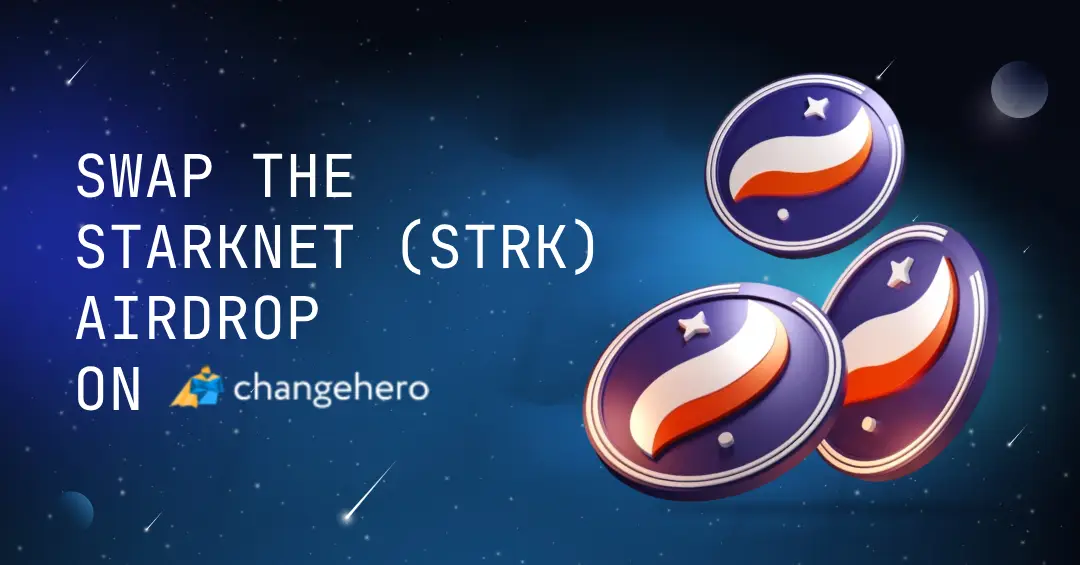In the world of crypto, trading and mining are major sources of income. As the interest around crypto grew, competition for crypto mining has intensified. With the increased demand for electricity and computing power, it became cumbersome for enthusiasts to invest in it. This barrier gave rise to a new consensus protocol called Proof-of-Staking. PoS has been gaining traction with crypto investors as an alternative to mining and a source of passive income.
In this post, ChangeHero will give you a brief outline of staking process and how it evolved over time.
The Evolution of Cryptocurrency Staking
Though Proof-of-Work model existed way before 2009, it came into limelight with its application in the Bitcoin Blockchain. POW is used to verify transactions on the blockchain. In order to do this, miners needed serious computing power to solve difficult mathematical puzzles in return for a reward. In this kind of protocol, all the miners compete against each other to find the solution. Bitcoin and Ethereum are a couple of popular platforms which use this consensus mechanism.
However, the PoW protocol is often criticized for its outrageous electricity consumption and pricey hardware. Also, energy spent on finding the block goes in vain if the miner is unable to find one.
In 2012, Sunny King and Scott Nadal came up with the Proof-of-Stake system as a replacement to the PoW protocol. The major difference of PoS from the former is that there is no competition for the block creation. Instead of miners performing calculations, in proof-of-stake blockchains a block producer gets nominated based on their crypto holdings. But it falls short in maintaining decentralized governance as more power is vested in the hands of token holders with large amounts of cryptocurrency.
Later in 2014, Daniel Larimer developed the Delegated Proof-of-Stake (DPoS) mechanism. DPoS aimed to overcome the limitations of both the PoW and PoS systems. DPoS protocol involves a voting system in which the token holders elect representatives. These delegates confirm and validate transactions and maintain consensus. The delegate collects staking rewards and then proportionally distributes them to the voters. If the selected node is not efficient then it will be expelled and replaced with another one.
Staking
Staking is derived from the concept of PoS. Anyone can stake crypto to create a block or elect the delegates depending on the blockchain. In return, they will be able to earn staking rewards. Also staking crypto enables the user to contribute to the governance of the platform and participate in important decision making events.
In staking, a user has to lock their funds in a wallet for a fixed period of time. The more coins held and longer the duration, the higher the staking rewards a user will gain. User will not be able to spend those coins as long as they are participating in staking.
The locked funds act as collateral, and malicious actors will lose their funds and get suspended should they try to breach the system. A deterministic algorithm selects the validators through a randomization mechanism usually considering the stake size and age of coin inputs.
There is also Cold Staking. In this case, staked crypto is in a hardware wallet and the user receives rewards unless they move the coins from the wallet.
The Pool
The PoS protocol has gained the attention of people as an easy way of making passive income. But in order to maximize the odds of gaining rewards, a user must hold a huge amount of staking power.
Staking Pool offers a solution by collecting the staking power of a group of people to verify and validate blocks. An operator manages a pool, and users joining the pool must lock up funds in a particular address. Though staking pools offer a consistent flow of rewards, they are usually small as the participants split the rewards. In addition, they also levy a fee for the technical setup and maintenance which reduces the payouts even further.
Perks of Crypto Staking
- Eliminates the need for purchasing expensive hardware to maximize the chances of finding the block.
- Reduces power consumption and is more energy-efficient than mining.
- Ensures a constant flow of rewards and acts as a reliable source of passive income.
- Value of the crypto assets doesn’t depreciate with time unlike the computing hardware in the mining.
Risks of Staking
In crypto staking, a user has to lock the funds in a wallet, so it is vulnerable to the volatility. You can’t move locked tokens, which is fatal in a bearish run while price depreciates. Besides, the rewards earned from staking crypto are small and it takes fairly long to receive maximum returns.
The Alternative
All in all, staking is a viable alternative to mining and a passive source of income. It is relatively easy to stake crypto as many wallets embed the feature within the application. Bigger players like Binance and Coinbase support staking of popular cryptocurrencies, too.
Furthermore, Ethereum’s transition into PoS will significantly impact the crypto ecosystem and bring more people on board. Staking not only yields rewards to HODLers but also ensures decentralization by vesting the users with voting power to decide on the future of the blockchain.
Bookmark the ChangeHero Blog, we publish interesting content on crypto and blockchain. Follow us on Twitter, Facebook and Telegram and be the first to get notified.








